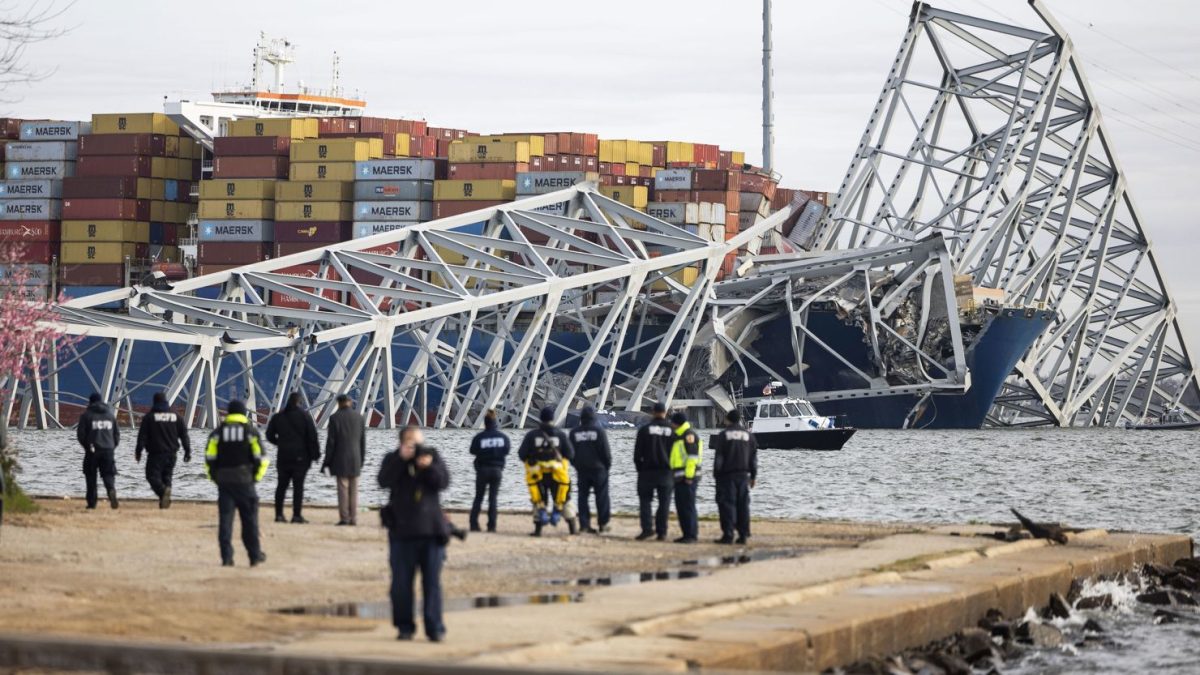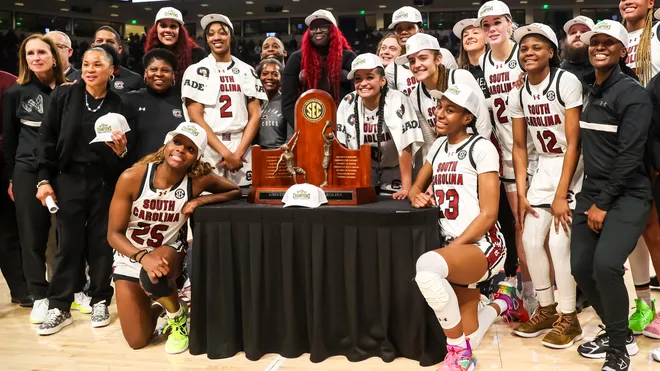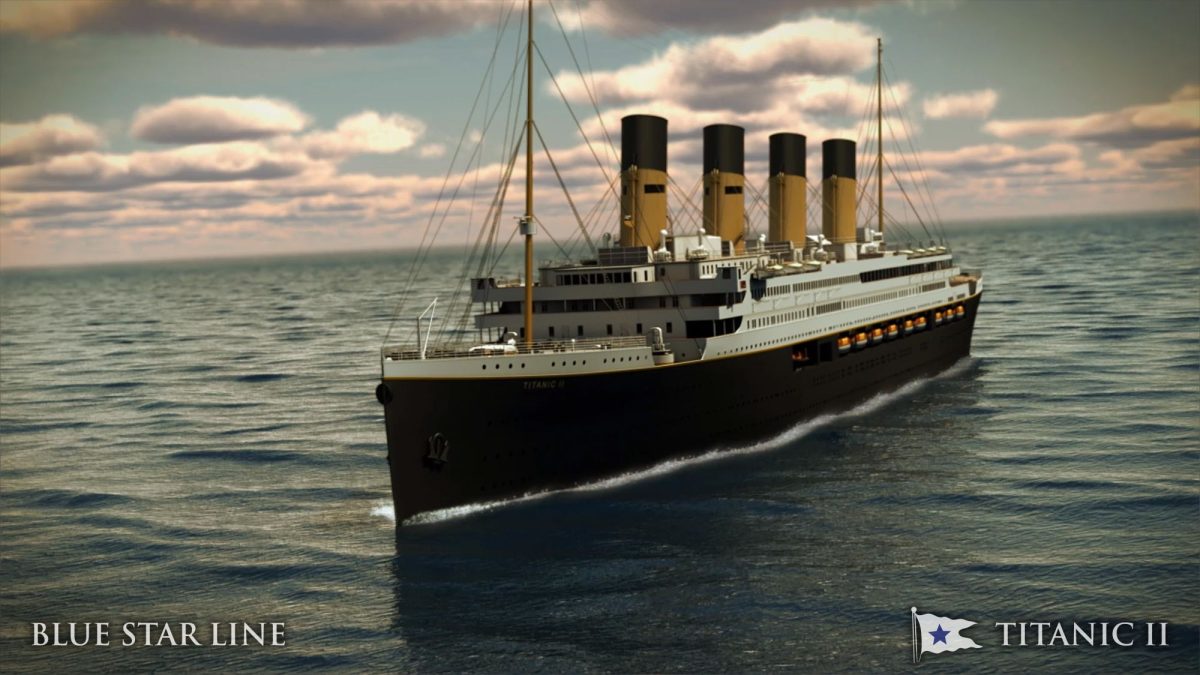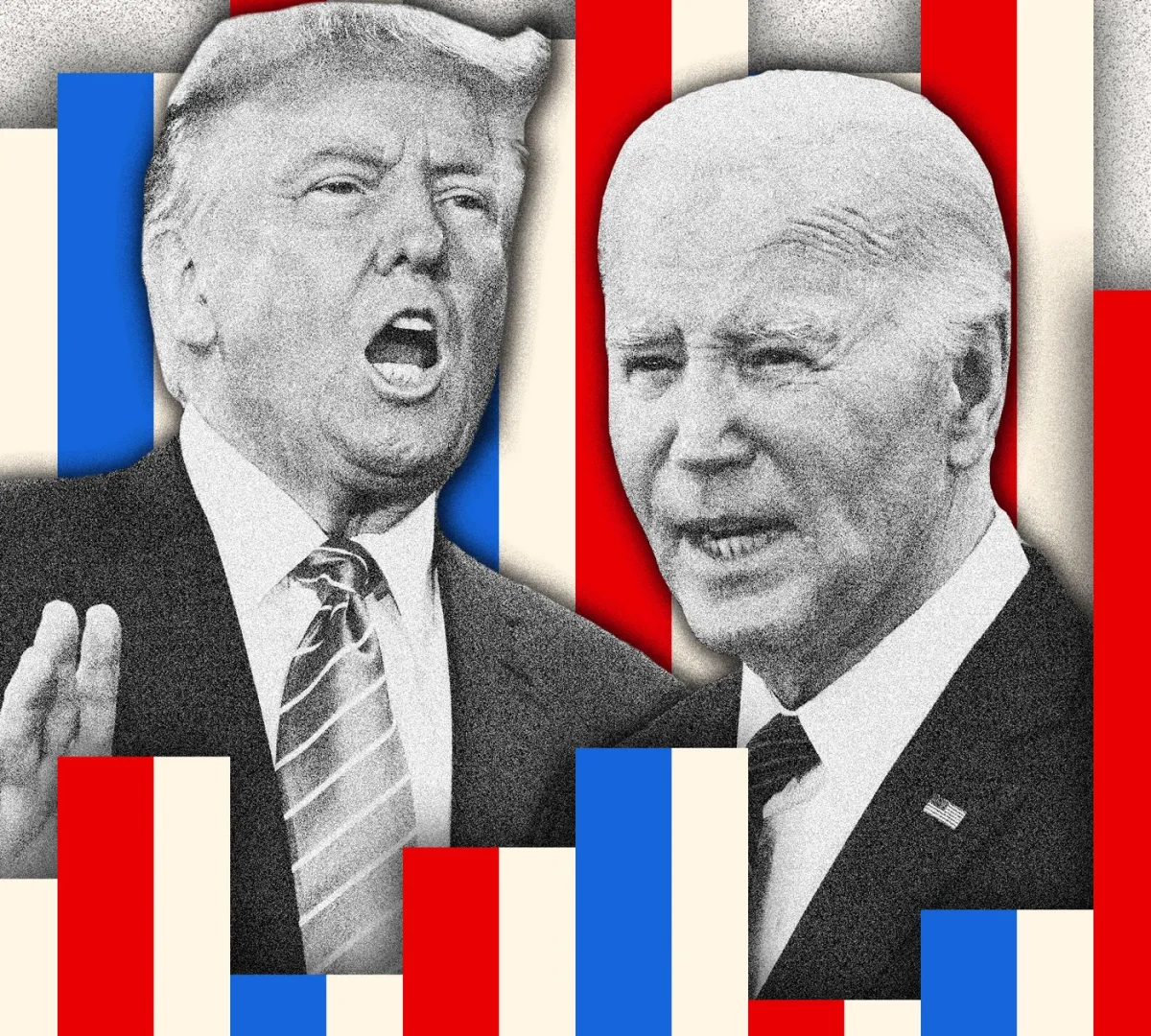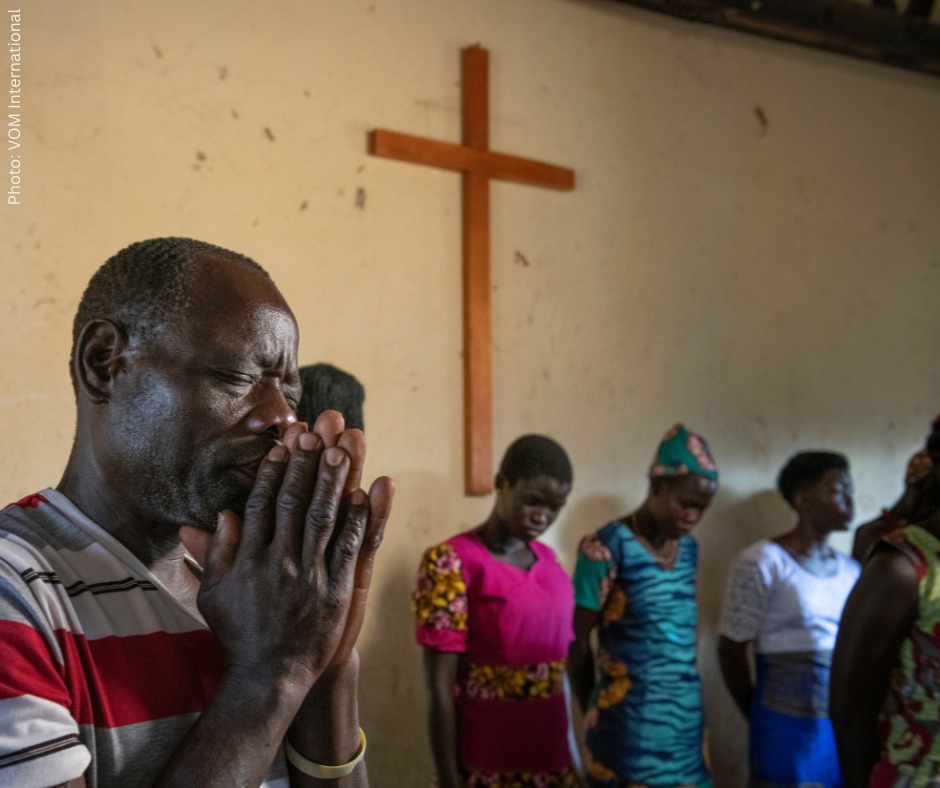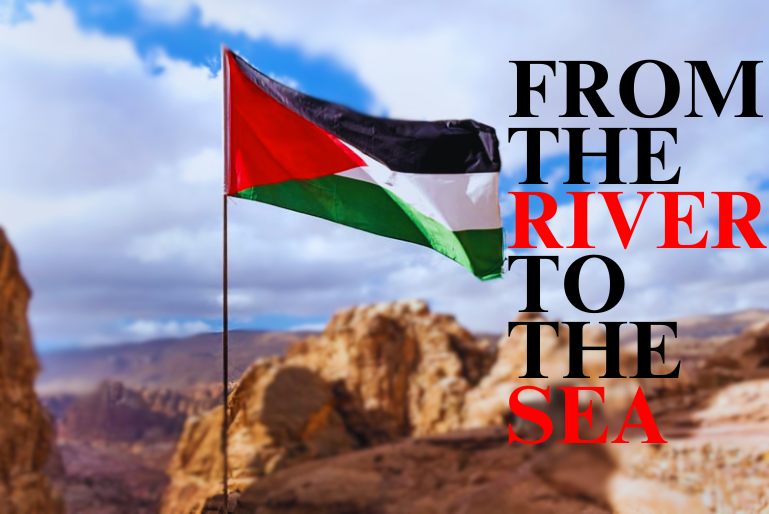The final link in the Baltimore Beltway (Interstate 695): a steel arch spanning 1.6 miles over lower Patapsco River and outer Baltimore Harbor. Built over rich American history, the bridge stood for a battle that inspired the “Star Spangled Banner,” a poem whose author gave the bridge its namesake. The Francis Scott Key Bridge was an integral part in Baltimore life, not only for the history it represented, but also for being a route that over 30,000 Marylanders took daily. Thus, on March 26, when a massive cargo ship plowed into the structure, the bridge was not the only thing to collapse, as a piece in Baltimore’s identity also fell.
At around 1:30 a.m. Tuesday morning, a large cargo vessel hit one of the bridge’s support columns, causing a huge section to collapse upon impact. The vessel was a Singapore-flagged ship called the Dali that lost both electrical and engine power before issuing a mayday call just after leaving the Port of Baltimore. Officials are still investigating the tragedy; however, there has been no evidence that points to the crash being intentional or a terrorist attack. The bridge’s structure received a fair inspection score, but in its most recent evaluation, one of the column’s health score was lowered. It is unknown if this column was the same one that caused the collapse.
“Video of the ship, emergency radio transmissions and analysis from maritime veterans paint a picture of a disastrous scenario. It is rare for ships of that size to lose power and rarer still for it to happen in a narrow channel near the pillars of a major bridge. A last-minute mayday and quick actions on the ground most likely averted a much higher casualty count,” NBC News said.
Six people were working the bridge during the collapse, and a search for these individuals sadly turned into a search for bodies. Three bodies have been uncovered, but divers continue to look for the remaining victims under the wreckage. Two others were discovered trapped inside a pickup truck, one vehicle out of the many trapped beneath the river, likely containing other victims. As for the Dali itself, it was reported to carry many containers with hazardous material, but, luckily, the two that fell into the river did not contain any destructive cargo.
“It is very sad to hear about this tragic accident. I am sure it was very unexpected for everyone on the bridge. It is horrible for everyone who lost their lives, along with the families who lost their loved ones,” Lila Hedlund, freshman, said.
As well as the impact on Baltimore’s identity and the families who lost loved ones to the collapse, the city—and nation for that matter—are growing increasingly concerned about the economic effects. Thousands of jobs are linked to the Baltimore port, with over 80 billion dollars in foreign cargo passing through it in 2023 alone. The recovery timeline is unclear, as a lot of debris needs to be removed before the port can be reopened, making the expensive reconstruction combined with a closed channel a very worrisome situation. President Joe Biden, however, recently vowed that government funds would cover the cost to rebuild, offsetting some economic pressures, alongside a set of conditions that are potentially controversial for the conservative wing in the House of Representatives.
“I think the bridge collapsing definitely brings hard times to the city of Baltimore, as many lost relatives and loved ones. It will be hard on the city economically, as many used the bridge to commute, and they are losing a lot of money due to a lack of access to the ports,” Chris Jalbert, senior, said.
As the Francis Key Bridge collapse leaves grief and debris in its wake, use this link to follow up on updates as the nation continues to watch the story unfold.

